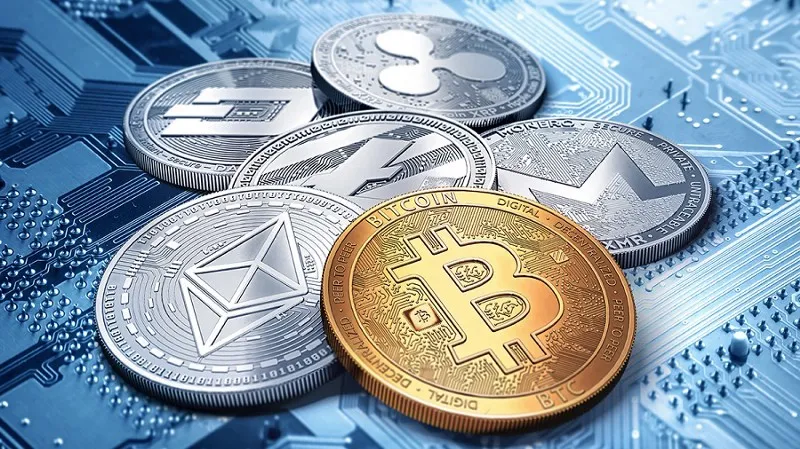
The 17 millionth Bitcoin has been mined— total emission of Bitcoin is limited to 21 million. Two years ago, the network overcame the mark of 16 million. Each block contains 12.5 new bitcoins, blocks are mined approximately every 10 minutes, this is approximately 1800 new bitcoins. Bitcoin is not released centrally, avoiding the various manipulative risks that may be associated with increased emissions.
The increase of Bitcoin emissions is impossible: extraction of more than 21 million is the limit. Each of 210 thousand units cut the reward for the block in half, which limits emissions in the automatic mode.The first halving took place after the extraction of 209.999 blocks, and the first block was produced by Satoshi Nakamoto on January 3, 2009. The second and third halvings were found out in 2012 and 2016, and the reward for the block was reduced to 25 and 12.5 bitcoins respectively.
The outcome of this information and provided that the bitcoin protocol remains unchanged — the last bitcoin will be mined in 2140. Accordingly, after extraction of 21 million bitcoins, their production will cease, and the miners will receive an award only in the form of a commission for transactions.
In 2016, the work of professors from Princeton University was published, which declare that without a reward for the block, bitcoin will be extremely unstable.
What do you think? Will bitcoin be used in the 2140 or will other promising cryptocurrencies take its place? Subscribe to the Sibcoin community at Telegram (https://t.me/sibcoin_en) to discuss this news and ask all of your questions about the Sibcoin project!